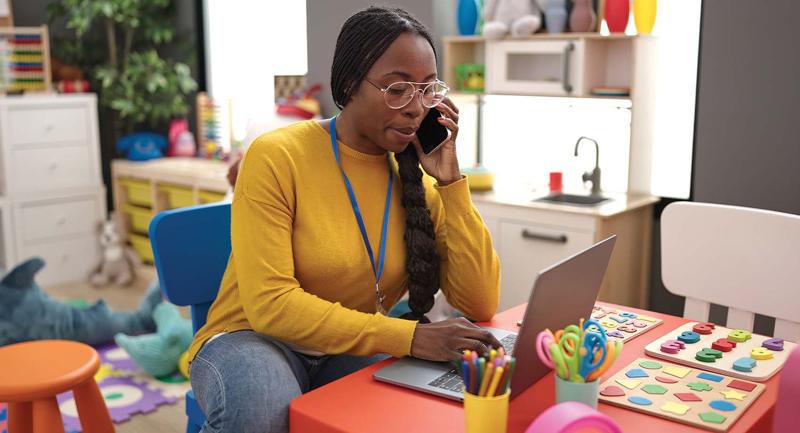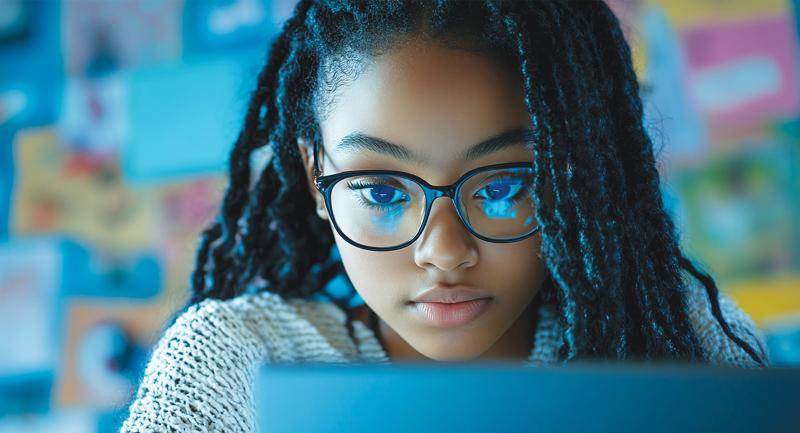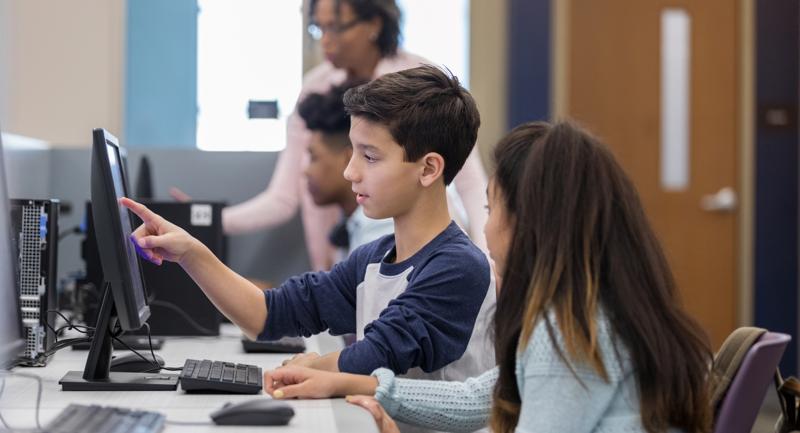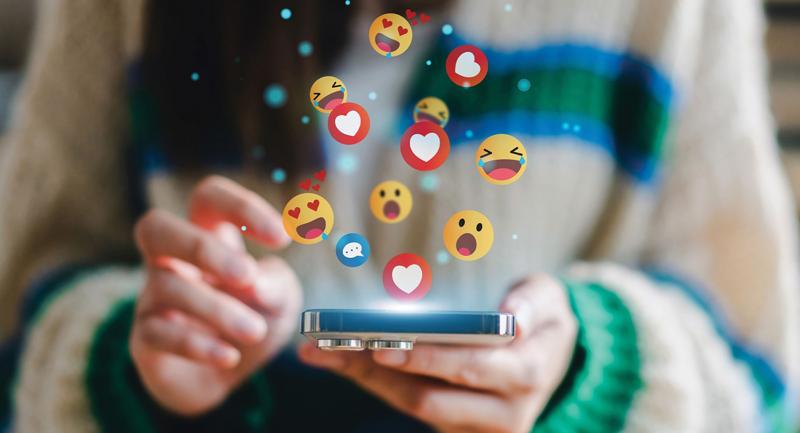Increasingly teachers are finding new, exciting ways to incorporate technology in their classrooms. Unfortunately, there are still some teachers who think that including technology simply means occasionally using computers in class and perhaps creating PowerPoint presentations. We can do better than that.
For students, technology is more than using the Internet. With smart-phones, instant messaging, music, videos, and social networking, personal and mobile technology is ingrained in youth culture. It's important to young people, it's part of their identity, and it's not going away.
Plenty of teachers would argue that technology is a necessary aspect of classroom education, but classroom policies often consider a student's personal technology device as contraband. And so, teachers spend their time and energy confiscating personal technology, keeping these devices out of their classrooms and denying students this important component of their cultural identity.
Instead, we need to find a way to embrace all forms of technology in the classroom and use them to our advantage. By training students to use technology appropriately and effectively and providing opportunities for them to reach learning targets through its usage, we create a situation in which students are engaged in learning. We also free ourselves from the constant cycle of fighting against students.
Technological literacy will be a valued skill in students' futures; therefore, we should help them use technology effectively and efficiently. We need to engage our students in conversations about the appropriate application of technology and allow them to help us clearly define accepted applications, as well as inappropriate practices and the resulting consequences.
Being able to access information quickly, analyze search results, effectively evaluate resources, and synthesize findings are essential skills. As teachers, we can provide opportunities in class for students to learn and demonstrate their mastery using technology. We can create innovative activities and projects and allow students to use technology as part of classwork.
Allow students to do a Google search for the answer to a question posed during group discussions. Conserve paper and improve computer skills by assigning and accepting assignments via Google Docs. Take advantage of social networking by creating a Facebook page for your course and assigning participation in an online dialogue on that night's reading assignment.
Improve students' editing skills and technological literacy by using the revision history feature to track changes and monitor progress on research papers and essays. E-mail students a link to an online article to read, and have them write a carefully crafted, professional e-mail as a response. Guide students through the creation of a website dedicated to a class project designed to raise awareness about an important issue.
Including technology in the classroom comes with unique challenges, such as concerns about students' equal access to the necessary technology, the risk of its inappropriate usage, and more. But as we continue to set the standard for technology's inclusion in the classroom, more clearly define and clarify its role in our teaching, and train our students to use it wisely, we can modernize our classrooms despite these challenges.
Technology is not our enemy. With some patience, careful planning, and thoughtful consideration, we will create more skilled students who are ready for the future, while creating a more enriching classroom dynamic where technology is just another tool for building students' success.








